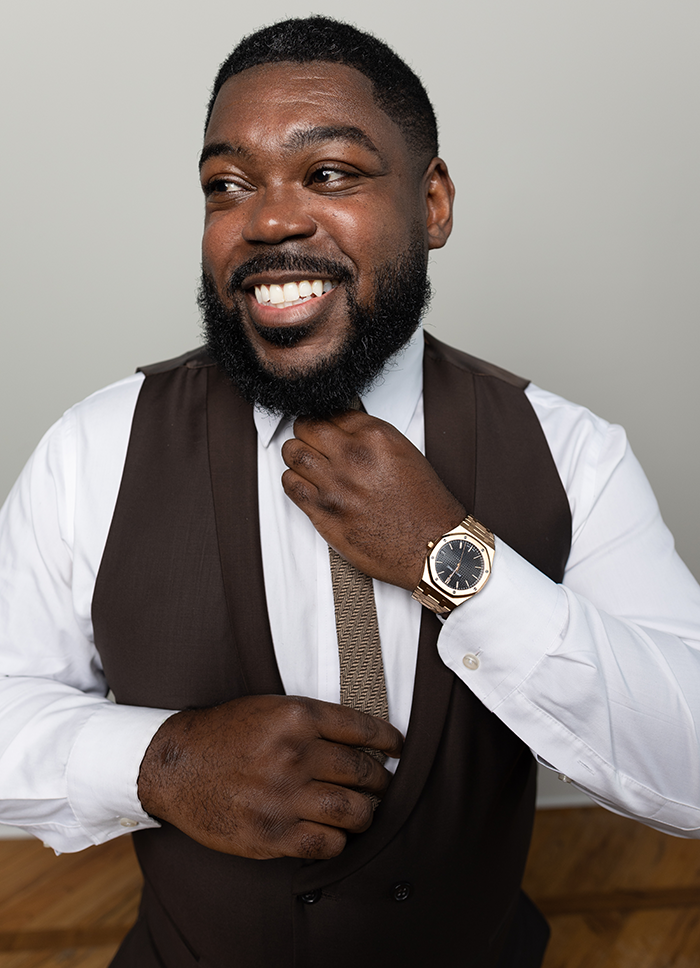It’s a basic lesson that is repeated often in driver’s education courses: check your blind spots. There are several blind spots surrounding the average vehicle, which means there are various ways that someone can negligently strike another automobile or a person. If you fail to check your blind spots, you are likely to have one of two common accidents: a rear-end collision or a side-swipe collision.
Macon and Warner Robins victims of these accidents deserve dedicated legal advocacy to ensure they win compensation for their medical bills and other losses. That’s where Joshua E. Palmer Law Firm comes in.
Where Are Blind Spots on Vehicles?
A blind spot is any area around a vehicle where a driver cannot easily see. This means that if another object, such as a person or vehicle, enters the blind spot, the driver may miss it and get into a wreck. Although they vary from one vehicle and driver to another, common blind spots include:
- To the left and rear of the driver, where the left side view mirror does not capture the object
- To the right and rear of the passenger seat, where the right side view mirror does not capture the object
- At any point behind the vehicle where the rear view mirror does not capture the object or the object is otherwise obscured
Drivers are taught to check their blind spots before changing lanes or backing up. This can be done by turning one’s head to the right or left to look where side view mirrors do not capture objects, and by turning one’s neck to look out the rear window where the rear view mirror does not capture objects. Modern vehicles also come with different blind spot warnings to the sides and rear.
How Blind Spots Cause Rear-End and Side-Swipe Collisions
A blind spot can cause a rear-end collision when someone is attempting to change lanes or merge. The driver may start to move, and suddenly spot a vehicle in the blind spot. The driver might then instinctively hit the brakes and cause the driver behind to slam into the back.
These same conditions can lead to a side-swipe accident. As the lane-switching or merging vehicle starts to move, the driver may notice that another vehicle is suddenly there. The two vehicles may collide at their sides, causing property damage at least but a serious accident at worst.
It’s also possible for a driver to fail to check their rear view mirror and back into an object or person. This could be another vehicle, a pedestrian, or a stationary object.
Proving Negligence in a Blind Spot Accident
Drivers in Macon and Warner Robins owe everyone else who uses the roads a duty of care, which means taking reasonable precautions while driving. The driver who has the blind spot, not the driver who is in the blind spot, is typically liable for an accident. Negligence may be further shown if the driver changed lanes or merged without using a turn signal or suddenly hit the brakes and caused a rear-end accident.
Either way, the victim of one of these crashes will have the burden of proving that the other driver was negligent in causing it. Often this is done with the following types of evidence (among others):
- Dashcam footage
- Surveillance camera footage
- Eyewitness statements
- Police reports
- Photos and videos of the accident scene and vehicles
- Accident reconstructions
- Police reports
Demanding the Compensation that Victims Deserve
If you have been in any sort of car crash in Macon or Warner Robins, you can expect significant medical bills, lost time from work, and much more in the way of financial and personal losses. You can count on Joshua E. Palmer Law Firm to seek the most amount of monetary damages for your injuries. Connect with us now to begin your case.


